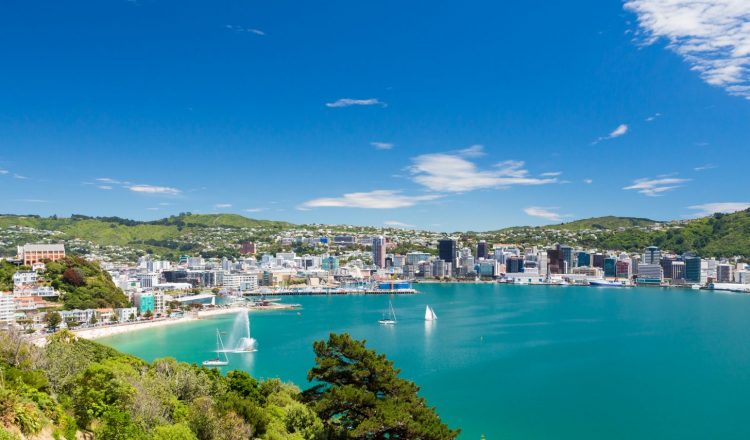简短的历史
无论从地质角度还是人类来说,新西兰都是一个年轻的国家。事实上,新西兰是世界上最后一个被发现的大型和可居住的地方。
毛利人定居点;1320-1350
首先到达的是毛利人的祖先。第一批定居者可能在公元 1200 至 13 点之间从波利尼西亚抵达。他们在探索太平洋时发现了新西兰,在洋流和风与恒星中航行。在某些传统中,被认为发现新西兰的导航家是库佩。
第一批欧洲人;1642
荷兰人-第一个抵达新西兰的欧洲人是 1642 年的荷兰探险家亚伯·塔斯曼。这就是我们如何从荷兰制图师那里得到荷兰语的名字,他首先叫我们 Nieuw Zeeland。
英国和法国人-在新西兰被另一个欧洲人詹姆斯·库克船长访问之前,出人意料的很长时间过去了 127 年。他于 1769 年在三次航程中的第一次来。欧洲捕鲸者和密封者开始定期访问,然后来到贸易商。到 19 世纪 30 年代,英国政府受到压力,要求遏制该国的无法无天状态,并预先制止将新西兰视为潜在殖民地的法国人。
签署了《怀唐伊条约》;1840 年
最后,1840 年 2 月 6 日,新西兰第一任总督威廉·霍布森邀请毛利酋长与英国皇冠签署一项条约。该条约在全国范围内被带到福沃海峡南部,供地方酋长签署。最终,500 多位酋长签署了该条约,现在被称为《怀唐伊条约》。
< hongi_短code_开始新西兰战争; 1845-1872
毛利人受到来自 Europen 定居者的越来越大的压力,要求他们出售土地供定居。这导致了冲突,在 19 世纪 60 年代,北岛爆发了战争。许多毛利人的土地在 20 年战争期间或之后被没收或购买。
女工的权利;1893 年
1893 年,新西兰成为世界上第一个给予所有妇女投票权的国家。新西兰也首先为工人提供国家养老金和国家住房。
第一次世界大战和 ANZAC
在第一次世界大战中,成千上万的新西兰人在海外服务并死亡。1915 年降落在土耳其的加利波利被认为是我国的成年。它确立了澳扎克(澳大利亚和新西兰陆军团)的传统,并为新西兰的军事成就及其与澳大利亚的特殊关系感到自豪。纪念加利波利登陆的 ANZAC 日是每年 4 月 25 日的公共假日,人数越来越多仪式。
第二次世界大战
新西兰军队在第二次世界大战期间再次在海外作战,以支持英国。但是,新加坡的衰落震撼了新西兰人对英国能够保障该国安全的信心。随着我们的大部队实际上滞留在埃及和中东,是美国在太平洋战争期间保护新西兰免受日本伤害。
扩大贸易和文化多样性
1973 年英国加入欧洲经济共同体时,新西兰已经开始实现出口贸易多样化。我们的农产品失去如此重要和有保障的市场是一个打击。这一事件鼓励了新西兰扩大其前景。我们现在向许多国家出售我们的农产品和许多其他出口产品。在文化上,我们也变得更加多元化。特别是从 1980 年代开始,一直鼓励各种族群体在这里定居,新西兰现在更加多元文化。

















































